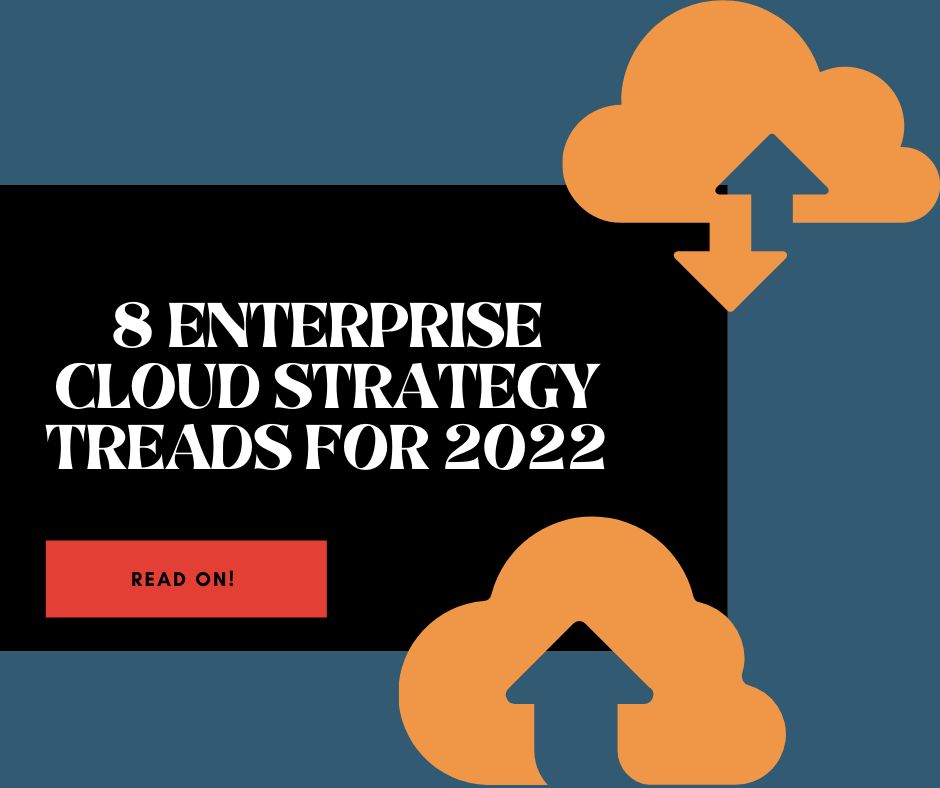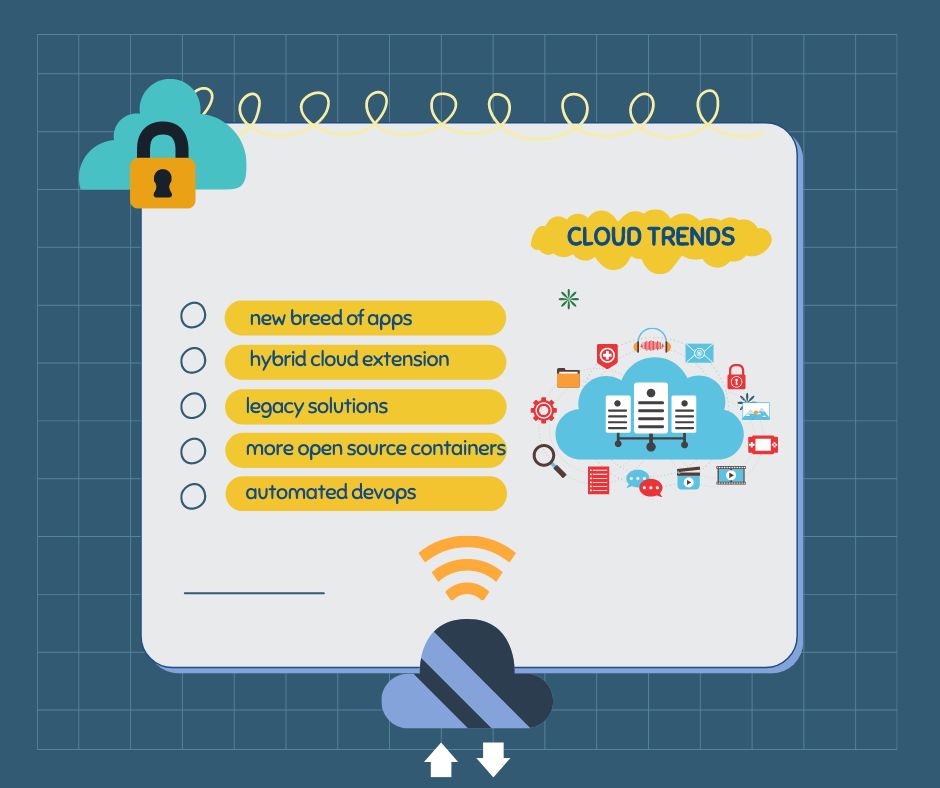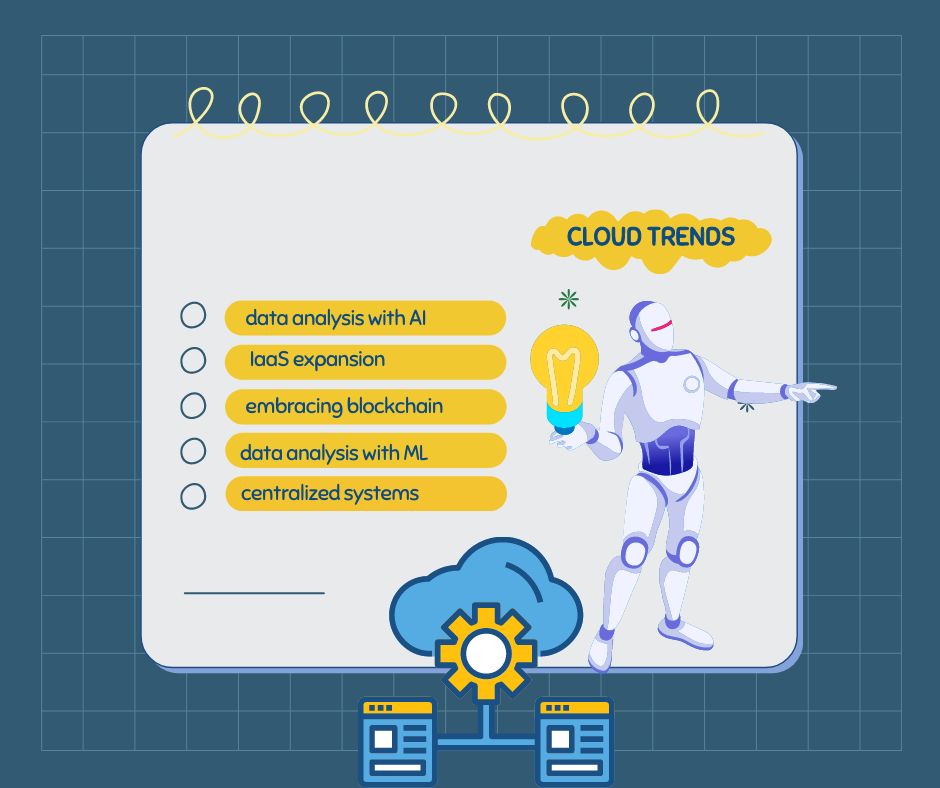There are few areas of technology that have organisations more split on their use than cloud computing. Some see it as the future and avoid it at all costs, while others skip it entirely or rely heavily on legacy systems to keep data in-house. The truth is that with the increasing popularity of cloud computing, companies are recognizing the business benefits that come with migrating certain applications to the cloud.

The one sticking point is that not all cloud services are created equal. Which means determining which service best suits your organisation’s needs can be a challenge for even the most experienced IT department. Over time, however, there have been several trends in this sector that have emerged, including the adoption of cloud native technologies, migration of legacy systems to shared public cloud platforms, and continuous delivery of applications.
To help you get started on your own cloud journey, here are eight different approaches to enterprise cloud strategy for 2022.

1. A new breed of apps designed for the cloud
As cloud-native technologies continue to make their way into the enterprise, more apps are being designed with cloud infrastructure in mind. This includes everything from micro services to APIs to serverless computing. These new types of applications are easy to deploy and scale, which is ideal for businesses that want solutions that can be tailored specifically to their needs.
2. Hybrid cloud extends beyond servers
Today’s hybrid cloud solutions are expanding beyond basic compute resources, which means IT departments are able to store data in the cloud while still maintaining the security of on-premise infrastructure. This gives companies more flexibility when it comes to deploying applications as it shortens the time needed to move from development to production. It also allows organisations to run different workloads at the same time, which is helpful for improving the quality of services.
3. Legacy solutions become cloud-native
As businesses continue to look for new ways to gain an edge over their competitors, many are choosing to migrate legacy systems previously hosted on isolated servers or behind virtual firewalls into shared public cloud platforms. This can make it easier to manage the connections between different applications and set up new security measures that extend beyond on-premise infrastructure. It also means IT departments are able to create a flexible platform for testing modern apps without disrupting their traditional workflow.
4. Containers become more open source
While containers, such as Docker, have had a significant impact on how modern applications are being developed, they have sparked the debate about whether the technology is truly open source. The good news is that container technology will continue to evolve in 2018 as more companies look for ways to share their containers with others through open source contributions. This not only makes it easier for developers to collaborate on different workflows, but it also improves the way containers work with other technologies to meet specific enterprise needs.
5. DevOps gets automated, optimised and smarter
Enterprises are looking for ways to improve their businesses by optimising their workflow, which includes making sure that their DevOps practices get streamlined into software development lifecycle (SDLC). This means any issues that cause delays or other barriers to the development process are addressed at the earliest stages, which in turn helps ensure that apps are rolled out more quickly. For example, automated testing can be used to automatically spin up a new environment every time developers make changes to an application’s code so they don’t have to worry about storing test data on their laptops before deployment.

6. More data is analysed with AI and machine learning
The amount of data generated by companies continues to skyrocket, which means there’s more information to analyse than ever before. This is where artificial intelligence (AI) and machine learning can come in handy as these technologies can make sense of the data that is being collected across the organisation. This can help companies make better business decisions, provide more personalised customer experiences and create a more efficient workplace.
7. Infrastructure as a service (IaaS) continues to expand
While the rapid growth of cloud computing has led many businesses to adopt an entirely different approach when it comes to managing their IT infrastructure, 2022 saw many companies continue their transition to cloud-based infrastructure. IaaS is a key component of this shift, which allows companies to manage the lifecycle of their entire technology stack from one centralized location. This also makes it easier for businesses to run physical servers and virtual machines in the same way that they would when using an on-premise server or cloud instance.
8. Businesses embrace blockchain technology
We saw several initial coin offerings (ICOs) pop up to help companies raise capital through the use of cryptocurrency, which also sparked interest within various industries about how they can take advantage of blockchain technology. Blockchain platforms are being developed to provide businesses with a secure decentralised ledger that helps record anything of value, including transactions, agreements or contracts. While many companies are still experimenting with different blockchain platforms and applications, it is a trend that won’t go away anytime soon as the digital ledger has the potential to significantly disrupt how businesses operate.
Final Thought
The world of technology is constantly changing, which means it’s important for organisations to continue evolving their infrastructure so they can meet the needs of both their employees and customers. While some factors will have more of an impact than others, there are many trends that will affect businesses across all industries in 2022. This includes how they work with IT vendors to improve their backend operations, how they deliver applications to customers and the way they structure their workforce.